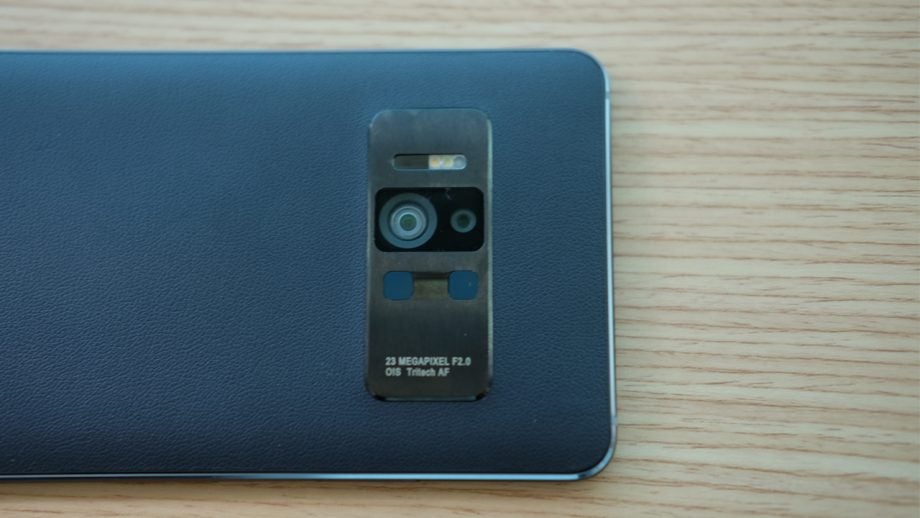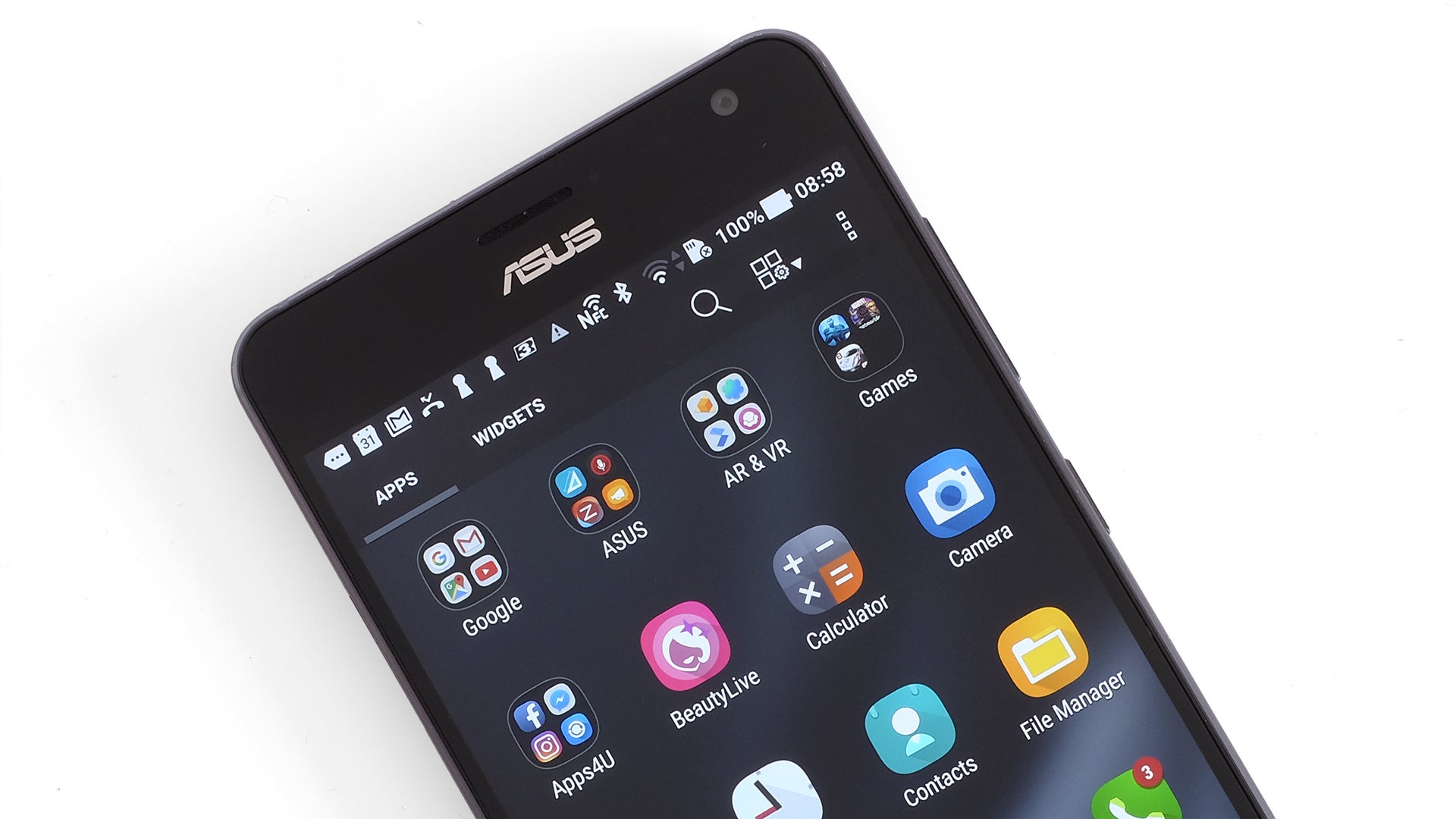Asus Zenfone AR Review - Software and performance Review
Software and performance
Asus Zenfone AR — Software The Asus Zenfone AR runs Android 7.0 and Asus’ own ZenUI software. This takes over Android’s look, but is far less dated than the last version Asus released. Like a lot of third-party interfaces, ZenUI adds mounds of customisation, trading away some of Android’s simplicity as a result. Therefore, it’s less […]

Sections
- Page 1 Asus Zenfone AR Review
- Page 2 Software and performance Review
- Page 3 Camera, Battery Life and Verdict Review
Asus Zenfone AR — Software
The Asus Zenfone AR runs Android 7.0 and Asus’ own ZenUI software. This takes over Android’s look, but is far less dated than the last version Asus released.
Like a lot of third-party interfaces, ZenUI adds mounds of customisation, trading away some of Android’s simplicity as a result. Therefore, it’s less clean than standard Android – but you can use themes, icon packs, and tweak transition animations, the appearance of folders and so on.
It’s rare to see someone using a theme that looks better than what was there in the first place, but Asus’s Zenfone AR themes and icon packs look remarkably good considering that other fairly recent versions of ZenUI seemed dated.

Gestures that launch apps from standby and a customisable list of special ‘fast load’ apps are among the other extras. The apps’ resources are ring-fenced to speed up load times.
ZenUI is probably too feature-packed for its own good, making it a classic ‘Asus’ UI. However, unlike the older ZenUI versions, it doesn’t feel like it lags behind its competitors much.
ZenUI is also known for its excess of extra preinstalled apps. Few are useful, and some seem like bloatware. There’s an Asus social network, an Asus messenger, a resource manager, vLog style app that lets you live-stream to Facebook using a face-smoothing Beauty filter, and a bunch of simpler utility apps.
Even Samsung would have ditched most of these by now, realising people would rather use Instagram than “ZenCircle”. But it seems a little reactionary to rule out the Asus Zenfone AR because of them. You can ‘disable’ these apps in 10 seconds. This removes them from the phone without fully deleting their install data.
Asus Zenfone AR — Performance
The Asus Zenfone AR’s CPU is a slightly more serious issue. It has the Snapdragon 821 processor rather than the more powerful Snapdragon 835, used in the US Samsung Galaxy S8, HTC U11 and Sony Xperia XZ Premium.
Where the 835 has eight cores, the Snapdragon 821 only has four: that’s two Kryo cores at 2.35GHz and two at 1.6GHz. The LG G6 has the same CPU.
If the Asus Zenfone AR were a little cheaper, this wouldn’t be a major issue since it still has the power to make the phone run very well day-to-day. However, this is one of the most expensive non-luxury phones in the world, making the CPU choice an eyebrow-raiser.

It scores 4402 points in Geekbench 4, thousands of points below its similarly priced rivals.
The Asus Zenfone AR still plays normal games such as Asphalt 8 and Real Racing 3 extremely well. However, I did see a few frame-rate glitches when playing VR games, which make any rate drops super-obvious.
Is this because the Adreno 530 GPU is less powerful than the Galaxy S8’s Adreno 540? I’m not sure. But we do know the Snapdragon 835’s Adreno 540 GPU is up to 25% more powerful. A Snapdragon 835 would have been nice, and better in terms of future-proofing the device.


